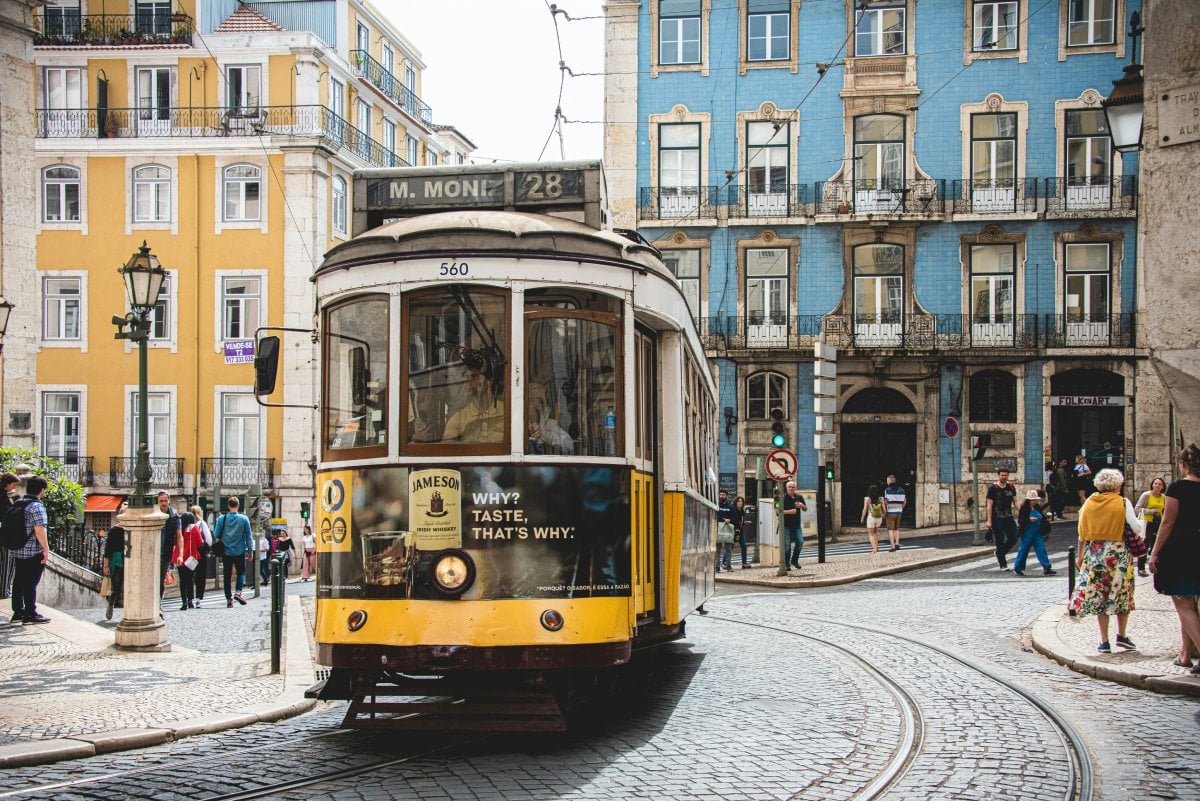
Just by venturing away from the well-trodden paths, you can uncover a distinct aspect of Lisbon—more personal, more community-oriented, and brimming with genuine character. Therefore, feel free to seek out these lesser-known gems during your upcoming trip to this city in Portugal.
Lisbon ranks among Europe’s top travel spots thanks to its charming hilly terrain, distinctive yellow streetcars, and well-known districts like Alfama and Bairro Alto. However, for those looking to explore lesser-known gems away from the typical visitor haunts, this captivating city offers numerous surprises. Below are five unconventional locations where you can uncover an exclusive aspect of Lisbon.
Are you planning a trip to Lisbon? Here are some articles to assist you in getting ready for your visit:
- Lisbon: Explore the seven-hilled city's most stunning neighborhoods
- 5 genuine spots to experience Fado music in Lisbon
- 10 Restaurants in Lisbon That Every Food Lover Must Try
5 lesser-known spots in Lisbon away from the typical tourist paths
LX Factory: An industrial area transformed into a cultural sanctuary
Situated beneath the 25 de Abril Bridge in the Alcântara neighborhood, LX Factory Once an industrial site, this area has transformed into a vibrant hub focused on fostering culture and innovation. Previously used as a textile mill, it now serves as a blend of eateries, high-end shops, bookstores, art exhibitions, and collaborative workspaces. Its walls showcase vivid murals, establishing LX Factory as a favorite location for admirers of urban art. Each weekend, an outdoor marketplace draws residents, providing a casual setting where one can explore antique clothing, handmade goods, and regional products altogether.
The National Pantheon: A lesser-known gem offering an astounding vista.
Although many visitors make their way directly to Lisbon’s renowned lookout points, very few travel as far as the aforementioned location. National Pantheon Situated in the Santa Clara area, this grand Baroque structure, famously called the Church of Santa Engrácia, serves as the final resting place for prominent individuals in Portuguese history such as several presidents and authors. However, the true allure of this landmark lies in the spectacular vista available from its dome, accessible to tourists. Standing atop, one can enjoy an unparalleled perspective of Lisbon, taking in a sweeping panorama that includes both the Tagus River and the historic Alfama quarter.
The National Museum of Azulejos: an exploration into the world of Portuguese ceramics
Lisbon is renowned for its azulejos , the intricately painted ceramic tiles decorating numerous facades of its structures. To learn more about this distinctive custom, consider visiting the National Museum of Azulejos Located in a previous 16th-century structure th -a century-old convent houses this museum, which narrates the history of azulejos starting from the 15th century. th From the century up until today, this place offers an array of remarkable artworks. Among them is a large-scale panel that portrays how Lisbon looked prior to the devastating 1755 earthquake. Nestled within its tranquil environment—complete with cloistered areas and inner gardens—it serves as a serene escape devoid of throngs of tourists.
Fronteira Palace: A Hidden Garden at the City Gates
The Palace of the Marquesses of Fronteira Located in the Benfica neighborhood, this palace stands out as one of the most stunning in Lisbon but remains among the city’s lesser-known attractions. Constructed during the 17th century, th In this century, members of the Fronteira family continue to reside within the palace walls, though certain areas remain accessible to tourists. One standout feature is the lavish gardens filled with fountains, statues, and vibrant azulejo tiles illustrating both mythical tales and historic events. Offering serene respite, this secluded treasure provides an ideal spot for individuals seeking tranquility apart from the busy downtown area.
Parque de Monsanto: A natural haven within easy reach of the city centre
Even though Lisbon is quite developed, there are unexpected natural areas within reach of the city center. Parque de Monsanto Often referred to as Lisbon’s "lungs," Monsanto is an extensive natural sanctuary great for escaping into nature. This expansive area features numerous trails for walking and cycling, along with spaces designed for picnics. It serves as the perfect escape from the urban chaos. Within this verdant expanse, you'll find spectacular viewpoints, playgrounds for kids, and sections focused on promoting biodiversity. Explore further to uncover unexpected spots within this lush oasis. Panorâmico de Monsanto , once an abandoned restaurant now transformed into a vibrant street art location providing breathtaking panoramic vistas of Lisbon.

No comments:
Post a Comment